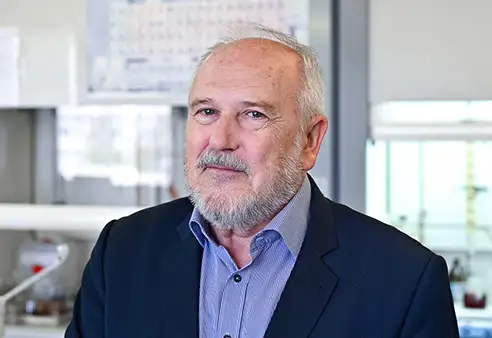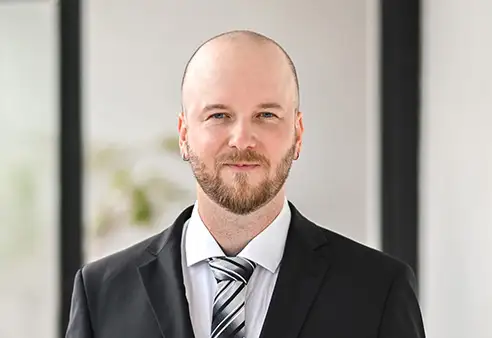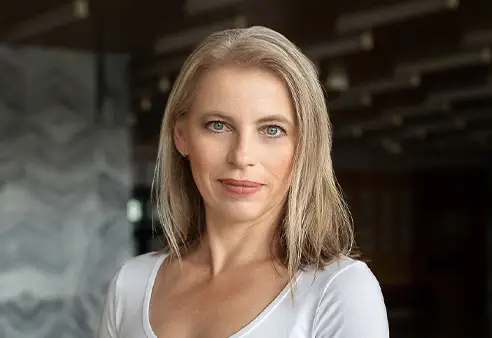One of the most common concepts in medicine is a cure for cancer. Thanks to the research of Prof. RNDr. Silvia Pastoreková, DrSc., we're getting closer. Silvia Pastoreková works at the Biomedical Research Center of the Slovak Academy of Sciences. She investigates how tumour cells adapt to oxygen deficiency mechanisms and explores how they can be used in cancer diagnosis and treatment.
In cooperation with her husband Jaromír Pastorek and the Czech scientist Jan Závada, they discovered a protein on the surface of tumour cells that is not found on normal cells. Based on genetic information, this protein was included in the carbonic anhydrase family and was named CA9. Using the CA9 antibody created by Silvia Pastoreková, a team of Oxford scientists comprising Adrian L. Harris and Nobel Prize winner Peter J. Ratcliffe showed that CA9 is formed in cancer cells without oxygen – hypoxia. Research by the Slovak team subsequently led to the acquisition of original knowledge about the role of CA9 in adapting tumour cells to hypoxia through changes in metabolism and the ability to form metastases. Collaboration with clinical oncologists showed that CA9 is found on tumours of different tissue types.
"Hypoxia is a very interesting phenomenon," Pastoreková explains. "When the tumour tissue grows, the existing vascular network is unable to supply it with enough blood, so it suffers from a lack of nutrients and oxygen. Areas of hypoxia arise, which stimulates the formation of new blood vessels. However, these are chaotic and dysfunctional; therefore, hypoxia appears in other areas of the tumour. CA9 helps tumour cells exposed to hypoxia adapt, survive, and acquire aggressive properties. Hypoxic tumour cells with CA9 on their surface are resistant to standard anti-tumour treatment and have metastatic potential. The presence of CA9 thus signals a poor response to treatment and an unfavourable prognosis for the disease."
The discovery of CA9 is a critical contribution to research into cancer development and progression mechanisms. Together with her team, Silvia Pastoreková has developed unique antibodies that can detect the protein in tumour tissue. They are used to diagnose cancer and detect more advanced tumours. Currently, they are also being developed as medicaments. "Our discovery of CA9 also has an impact on clinical oncology. Today, CA9 is used as a biomarker of tumour hypoxia, which is of practical importance for prognosis and treatment choice. We believe that one day CA9 will also become a bullseye for the targeted intervention against tumours that we are currently unable to treat efficiently."
Professor Pastoreková studied virology at the Faculty of Natural Sciences of the Comenius University in Bratislava. Since her graduation, she has been working at the Virological Institute, which belongs to the Biomedical Research Center of the Slovak Academy of Sciences in Bratislava. Currently, she is the Director General of the Center, so in addition to research, she also focuses on management, which she sees as an opportunity to create an environment for excellent scientific work and job opportunities for the young generation of scientists. "The social recognition, personal development, and living conditions of scientists working with us do not reach the level they can experience in Western countries. That is why they often go abroad, looking for better opportunities. Therefore, contact with young scientists is particularly important in motivating talents for scientific work in Slovakia. Our young people are very talented. It is important to show them that even in Slovakia you can do interesting projects in a pleasant environment."
When she is not working, Silvia Pastoreková spends time with her grandchildren. Besides that, she likes to read, listen to music and go for walks with her dog. However, she says that science does not follow working hours, and even during her leisure activities, she is always trying to solve scientific puzzles subconsciously.


